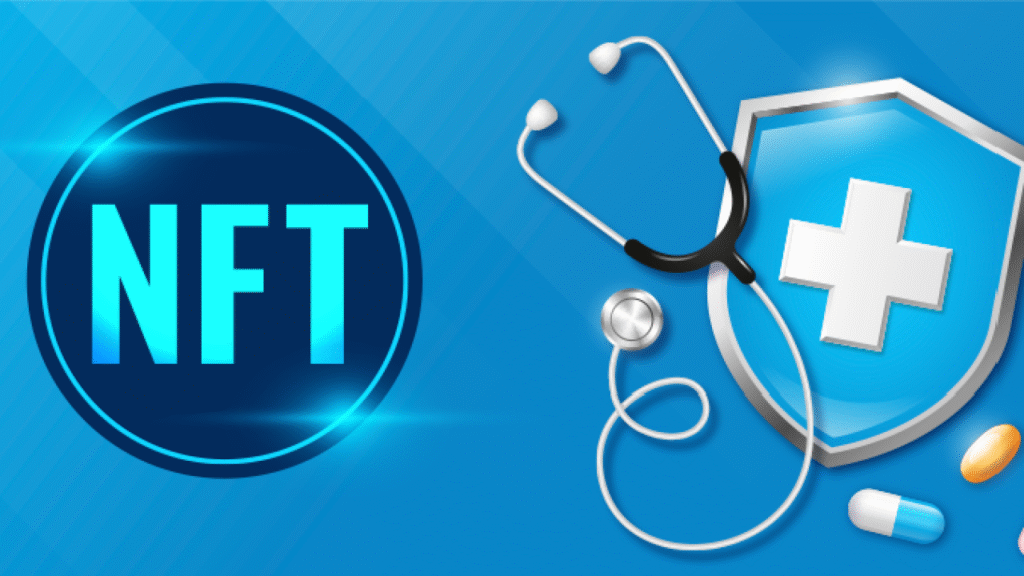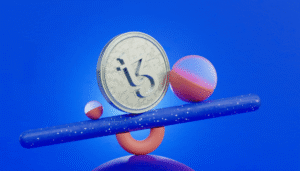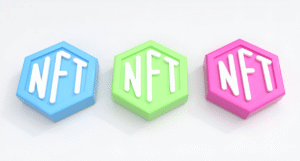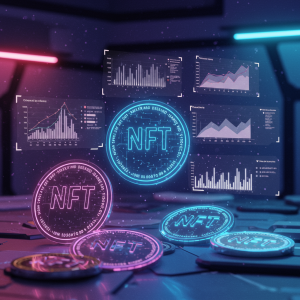The Rise of Dynamic NFTs in Healthcare: How Evolving Tokens Are Revolutionizing Personal Health Records

Healthcare has always faced a critical challenge: secure, accessible record management that puts patients in control. Traditional systems create silos, leaving individuals with fragmented medical histories scattered across providers.
Enter dynamic NFTs – a revolutionary approach transforming how we handle personal health information.
What Makes Healthcare NFTs “Dynamic”?
Unlike standard NFTs that remain static after minting, dynamic NFTs continuously evolve. They update in real-time based on new inputs and conditions.
This quality makes them perfect for health records that constantly change with new diagnoses, treatments, and measurements.
When your doctor adds a new vaccination to your record, your health NFT automatically updates. Your complete medical history remains in one secure, verifiable token.
The same happens when you log a workout, record your blood pressure, or add medication changes.
Solving Healthcare’s Data Dilemma
Healthcare providers have struggled for decades with interoperability – systems that can’t easily share information with each other.
Dynamic NFTs bypass this problem entirely. Your medical information moves with you, accessible only to those you grant permission.
No more repeating your medical history at every new doctor’s office. No more missing critical information during emergencies.
The Mayo Clinic Digital Health Platform showcases what’s possible when patients control their unified health data – dynamic NFTs simply add the next layer of ownership.
Patient Ownership Changes Everything
The transformative power of this technology lies in shifting ownership from institutions to individuals.
You control who sees what information and for how long. Your cardiologist doesn’t need access to your psychiatric records. Your dentist doesn’t need your reproductive health history.
With dynamic health NFTs, you can grant temporary, limited access to specific parts of your record – then revoke it when no longer needed.
This fundamentally changes the doctor-patient relationship. You become an active participant rather than a passive recipient of care.
At InboundMarketo, we’ve observed similar power shifts when customers take ownership of their data in marketing relationships. The healthcare applications take this principle to an even more personal level.
Beyond Basic Records: Expanding Applications
Forward-thinking providers are already exploring advanced applications for dynamic health NFTs.
Imagine prescription management where your token automatically tracks medication adherence and flags potential drug interactions.
Or chronic disease monitoring where your token integrates data from wearable devices to identify concerning patterns before they become emergencies.
Some startups have created incentive programs where maintaining healthy habits earns token-based rewards redeemable for reduced insurance premiums, as explored by Health Data Alliances in their pioneering research.
Addressing Privacy Concerns
Medical privacy remains paramount with dynamic health NFTs. The token itself doesn’t contain your personal health information – it contains encrypted links to that data.
Your information stays protected behind multiple security layers, with blockchain technology providing an immutable record of who accessed what information and when.
This creates unprecedented transparency in medical record handling while maintaining strict privacy controls.
Implementation Challenges
Despite their potential, dynamic health NFTs face significant adoption hurdles.
Technical literacy varies widely among both patients and providers. Creating intuitive interfaces that hide blockchain complexity remains essential for widespread adoption.
Regulatory frameworks are still catching up to the technology. Healthcare administrators rightfully proceed cautiously when implementing new systems handling sensitive information.
The Path Forward
The transformation won’t happen overnight, but momentum continues building. Major health systems have already begun pilot programs exploring dynamic NFT implementation.
For patients, the first step often involves creating digital wallets specifically for healthcare applications – simplified versions of crypto wallets designed for medical record management.
Progressive providers offer these wallets as an alternative to traditional patient portals, allowing easy experimentation without abandoning familiar systems.
Personal Empowerment Through Technology
The rise of dynamic NFTs in healthcare represents something more profound than technical innovation. It embodies a philosophical shift toward patient autonomy.
Your medical history belongs to you – not institutions, insurance companies, or government databases. Dynamic NFTs provide both the practical mechanism and conceptual framework to make this ownership real.
As these systems mature, we’ll likely see dramatic improvements in care coordination, reduced medical errors, and more personalized treatment plans.
The road remains long, but the destination – truly patient-centered healthcare – seems increasingly within reach through the revolutionary potential of dynamic NFTs.








